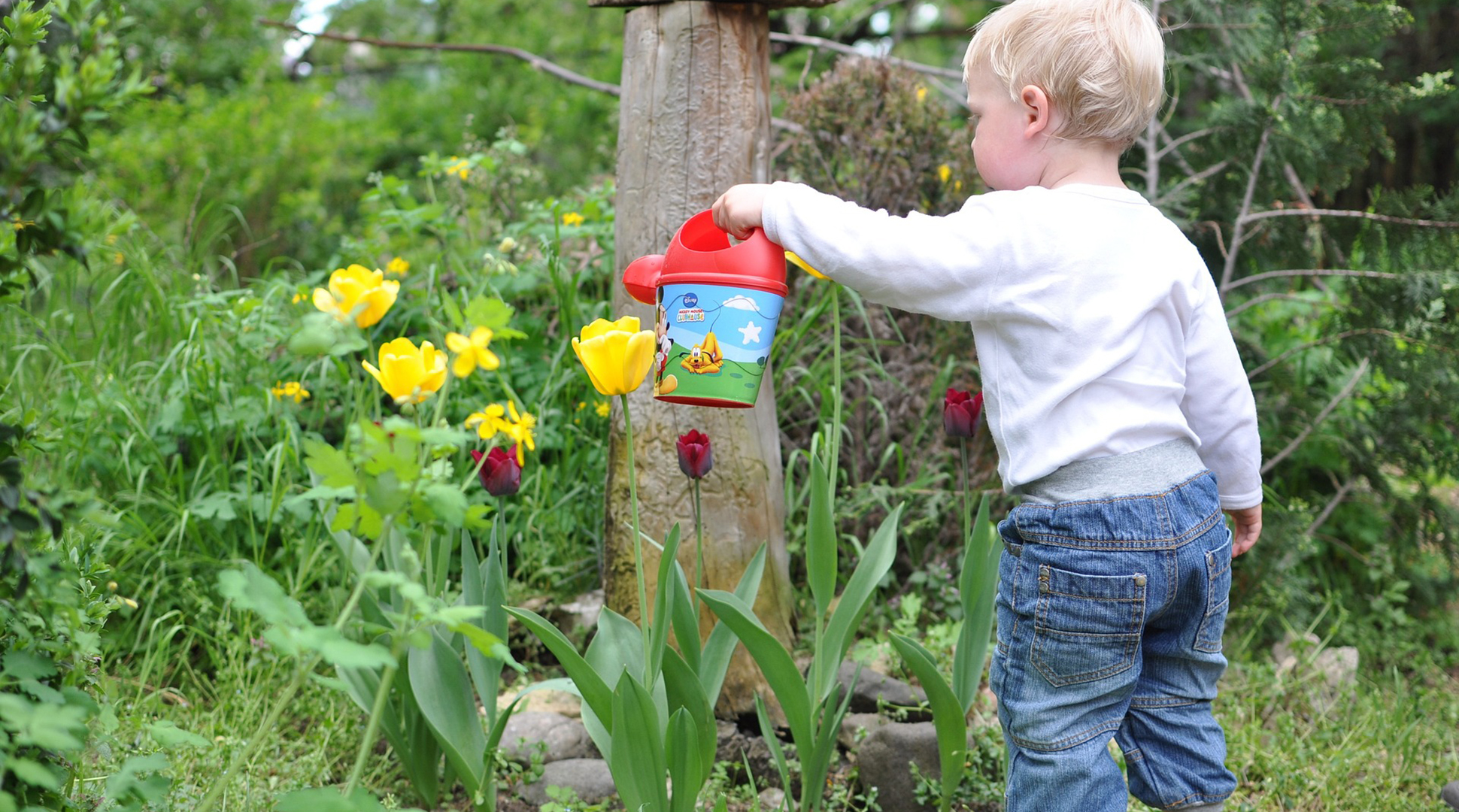Photo courtesy of Pixabay
Prairie Fare, by Julie Garden-Robinson
I was a reluctant gardener as a child. We had two large gardens and numerous flower beds.
My parents encouraged my help by roasting hot dogs and marshmallows after we were done with our gardening chores at our “food” garden in the country.
Although I was not a huge fan of weeding, I liked to plant. I planted bean, pumpkin, corn and squash seeds, along with onion sets and seed potatoes. I am not sure I ever graduated to planting tiny carrot seeds.
I remember how proud I was to have kid-sized gloves and a kid-sized shovel. I looked forward to seeing the foliage peeking out of the soil.
As an adult, I worked with my own kids and their friends in community gardens to teach them some of the basic skills.
I learned quickly that not all of the children had ever held seeds and planted them. In fact, we found that when I gave children any size seeds, they were likely to fling them at the soil like Johnny Appleseed.
One year we had bean plants growing almost every place but where we wanted them to be.
Kids learn a lot from gardening experiences. Not only do they get needed physical activity, but they also learn about caring for plants, cooperation with people and exploring the science of nature.
As an added advantage, researchers have found that children who help garden like to eat the food. Most children, like most adults, do not eat the recommended amount of vegetables and fruits.
In fact, a 2021 study showed that about half of toddlers and preschoolers did not eat even one vegetable daily, and one-third did not eat a fruit daily.
To “count” as eating a fruit or vegetable, the food can be canned, frozen or fresh. In other words, you can shop around a grocery store to meet your daily nutritional needs and your budget constraints.
We can grow many vegetables and fruits in North Dakota, from beets to zucchini. We are at the point in spring where we could start planting leafy greens such as spinach and lettuce. In fact, you can grow a couple of “crops” of leafy greens in a given year.
If you have children, grandchildren, nieces, nephews or neighborhood kids, you can be serving up a lifelong advantage by teaching them how to plant and tend plants. This is true even if the “garden” is a large pot on a deck.
If gardens are successful, we have many options to preserve an abundance of vegetables and fruits.
Visit www.ag.ndsu.edu/food to see the NDSU Extension materials to help you can, dry, freeze, ferment and pickle foods. To learn more about gardening, see www.ag.ndsu.edu/fieldtofork to learn from eight years of recorded webinars on numerous gardening and food preservation topics.
Most people naturally like sweet foods such as fruits, but sometimes vegetables can have a somewhat bitter flavor to children. Try different preparation methods and invite your “choosy eaters” help with preparation.
I think the microwavable “steamer bags” of frozen vegetables were an excellent invention; however, you can easily steam fresh vegetables with a steamer basket over hot water.
If you have a multifunction cooker, you can pressure cook beets, carrots, potatoes and many other items that take longer to cook due to their texture.
Stir-frying, air-frying, roasting, boiling, grilling and baking are other methods of preparing vegetables. Add some fresh or dried herbs to boost the flavor profiles.
Here’s a kid-friendly recipe that goes in the oven in minutes. Invite your reluctant vegetable eater to help.
Roasted Dill Carrots
36 baby carrots
2 tablespoons canola oil
Salt, as desired
½ teaspoon black pepper
2 tablespoons minced fresh dill (or 1 to 2 teaspoons dried dill)
Preheat oven to 400 F. Cut baby carrots diagonally. Toss carrots in oil. Season with salt if desired and pepper; toss again. Use sheet pan with parchment paper and transfer carrots in one layer. Roast in oven for one hour or until browned, stirring occasionally. Toss carrots with dill after they are finished roasting. Makes four servings. Each serving has 90 calories, 7 grams (g) fat, 8 g carbohydrate, 1 g protein and 3 g fiber. The sodium content varies with the amount of salt you add.
Julie Garden-Robinson, Ph.D., R.D., L.R.D., is a North Dakota State University Extension food and nutrition specialist and professor in the Department of Health, Nutrition and Exercise Sciences.
